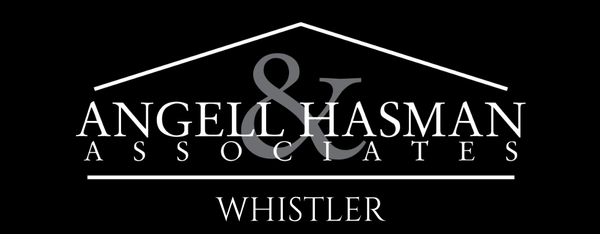Introduction to Underused Housing TaxThe Underused Housing Tax in British Columbia (BC) represents a significant legislative step aimed at addressing the acute issue of housing affordability and availability in the region. Introduced as a measure to discourage the prevalence of vacant homes in major urban centers, this tax seeks to ensure that properties are used to their full potential to benefit residents and communities alike.Background of the TaxHistorically, BC, particularly cities like Vancouver, has faced challenges with housing affordability. Skyrocketing real estate prices have pushed essential workers and long-term residents out, paving the way for policymakers to take decisive action. The Underused Housing Tax, implemented in 2022, serves as a continuation of efforts like the Empty Homes Tax initiated by the City of Vancouver in 2017.Objectives of the Underused Housing TaxThe primary goal of the Underused Housing Tax is to transform underutilized residential properties into occupied homes. By imposing a financial penalty on owners who leave homes vacant, the government aims to encourage better use of the housing stock and generate additional tax revenue that can be used to support housing and affordability initiatives.How the Tax WorksThis section explains the mechanics of the tax, including who is liable to pay and what properties are affected. Non-resident owners, especially those who treat residential properties as investment commodities rather than places to live, are the primary targets.Calculation of the TaxCalculating the Underused Housing Tax involves assessing the property's value and determining its occupancy status throughout the year. The current tax rate is set at 1% of the property’s assessed value, applicable to owners who are foreign entities or taxable trustees.Exemptions and RebatesSeveral exemptions exist for certain scenarios, such as properties undergoing major renovations, or those left vacant due to the owner’s recent death. Understanding these exemptions is crucial for property owners to navigate the tax landscape effectively.Impact on Housing MarketPositive ImpactsThere are tangible benefits to the housing market from this tax. Increased availability of rental properties and stabilization of housing prices are among the anticipated advantages, providing relief to locals and newcomers striving to find affordable housing in BC’s heated market.Criticisms and ChallengesDespite its benefits, the tax faces criticism, primarily regarding its impact on genuine seasonal residents and the elderly who spend part of the year elsewhere. There are also challenges in enforcing the tax, including the accurate tracking of property occupancy.Comparisons to Other RegionsLooking at jurisdictions like Australia and parts of Europe, where similar taxes have been implemented, provides valuable insights into the effectiveness and enforcement of such policies.Legal Framework and AmendmentsThe legal backing for the Underused Housing Tax is robust, supported by provincial legislation. Recent amendments aim to tighten exemptions and increase tax rates, reflecting an ongoing refinement of the policy.Future OutlookProposed ChangesUpcoming changes focus on increasing the tax rate and expanding the areas where the tax applies, indicating a governmental commitment to leveraging this tool to improve housing accessibility.Expert OpinionsEconomists and real estate experts weigh in on the long-term impacts of the tax, with most supporting the initiative as a step towards more sustainable housing markets in BC.ConclusionThe Underused Housing Tax in British Columbia represents a bold approach to reforming the housing market. By penalizing underuse, it incentivizes property occupancy, potentially leading to more vibrant communities and a better-balanced real estate market. As with any policy, continuous monitoring and adjustments are key to achieving its intended outcomes.
Get in touch
Buying, Selling, or Investing? just have some questions? Just ask! We're here to help.
Contact Agent

